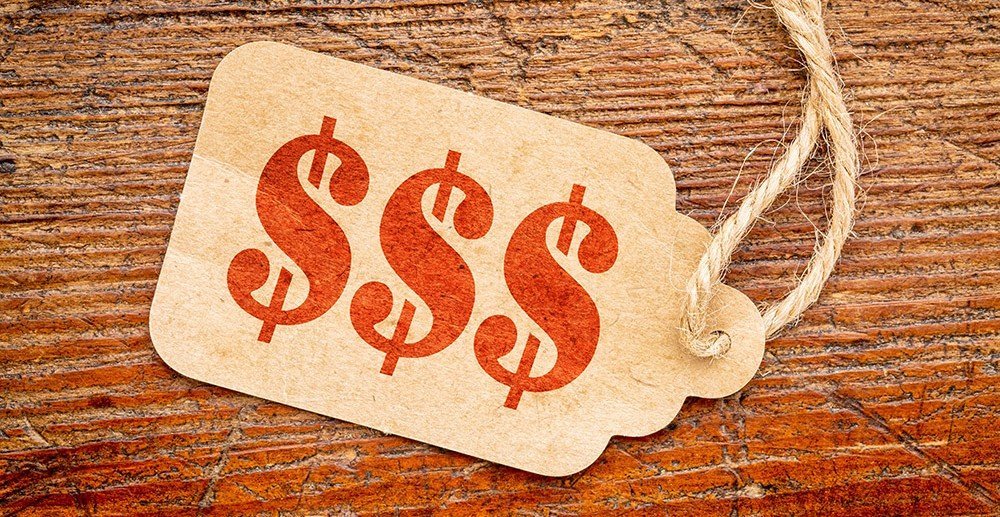
Consumers have more ways than ever before to find products and make purchases within seconds. Competition is high due in part to the emergence of the omnichannel. Because competition in the retail industry is extremely high, small businesses competing with big box retailers must have a product pricing strategy in place. This forces retailers to refine their marketing mix and build their omnichannel presence, or get left behind.
The Marketing Mix
Pricing is part of your marketing mix: product, price, promotion, and place. A very simplified business model can be developed from the marketing mix, which can be further developed through a more in-depth analysis of your operations (Click here to learn more about strategic planning).
Price is in the middle of the mix. Not only does it directly affect revenue, but it also affects your customer’s perceived value, the amount they are willing to pay, and how much of a sacrifice they are willing to make to purchase your products.
Pricing Tips
A lot of research has been done on how pricing affects consumers decisions to purchase or pass on products. One study found that people actually believed a $1,400.00 price tag cost more than $1499. In another study, comparisons between brands can backfire and consumers will weigh the disadvantages versus the advantages. Sticking to some tired-and-true pricing strategies is always a better bet. Here are some tips for doing just that.
1. Price Anchoring
This strategy works by placing premium items next to standard ones. How it works is through perceived value. The customer will think the less expensive item is more of a bargain. The same is true when a bargain item, for example a pillow, is placed next to a standard one. The higher price will sway their decision.
2. Bundled Products
Combining two or more products for one price also creates perceived value. Customers feel like they are getting more “bang for the buck.” This is also a great way to move old inventory quickly.
3. Ending prices with a 9
Yes, it does work. How? The answer, again, is perceived value. Whether the 9 is in the cents, ones, or tens column, it looks cheaper than rounding up a penny or a dollar. This is called a low-price appeal, and consumers overwhelmingly want it when seeking out deals.
4. Price Skimming
For new products on the market, skimming encourages inflating the price during introductory phase. This allows for maximizing profits on the people who really want it. Then, the price is lowered over time, capturing the attention of those who are more price sensitive. Skimming is a common practice with technology.
5. Levels of Pricing
This is a great way to test your anchor pricing. Setting bargain items near premium and standard items can have an effect on customers’ decisions. They will typically choose the standard or middle option over the cheaper and premium options. You can also test levels of pricing with the same products, such as t-shirts.
Let’s say you purchased crew neck and v-neck t-shirts of different colors at the same price. The crew neck shirts in basic colors of black and white would have the bargain price. The same shirts in more vibrant colors would have standard pricing. Finally, the v-neck shirts would have the premium pricing, because they appear to the consumer as being more expensive, especially when placed side-by-side with the basic shirts.
Pricing Strategies Work
The bulk of the work in setting prices occurs through careful consideration about product costs and what the competition is doing. Then, you can employ some or all of these pricing strategies to see what works best with your customers. A simple pricing strategy can go a long way in generating more sales and maximizing profits.